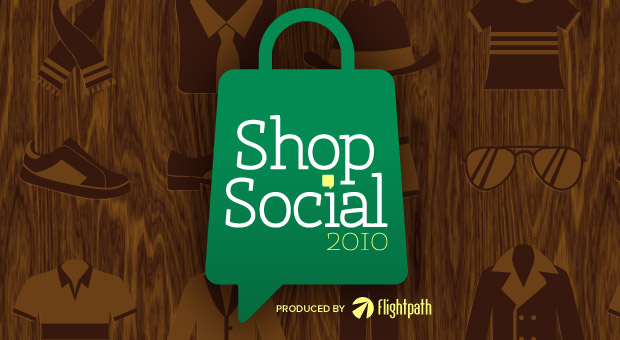Pinterest has grabbed the attention (and free time) of women and a lot of interest from social media marketers, but there is another quietly emerging player in the social bookmarking space. TheFancy is a visually stunning collection of the coolest images and products from around the web.
Pinterest has grabbed the attention (and free time) of women and a lot of interest from social media marketers, but there is another quietly emerging player in the social bookmarking space.
TheFancy is a visually stunning collection of the coolest images and products from around the web. Instead of adding images to boards like on Pinterest, users “fancy” images and add them to categories for others to view and “fancy” as well.
Users share images the same way on both sites. Retailers can add Pinterest and TheFancy buttons to images to encourage users to share, but since both sites are relatively new most images come through users clicking a “Pin It” or “Fancy It” button in their browser’s toolbar.
Pinterest and TheFancy differ in the flavor of what is shared. Pinterest has an undeniably feminine Etsy-esque feel. The majority of Pinterest users are women, and as a result there are a lot of home décor, recipes and children’s product shots shared on the site.
TheFancy has a more unisex, urban, minimalist, high-design feel. The differences between each site’s content are obvious when you look at the brands that have a presence on each. Brands currently on Pinterest: Cabot Cheese, Lands’ End and Paula Deen. Brands on TheFancy: Brooklyn Industries, Williams-Sonoma, and Yves St. Laurent.
If you represent a luxury fashion, home décor, or tech brand then adding products to TheFancy is a smart marketing move, because unlike Pinterest- TheFancy is openly working with brands to drive sales through the site.
On Pinterest, if a user (including the brands that have set up Pinterest accounts) posts a price within a pinned image’s description, the price will appear as a banner in the corner of the image. Pinterest will then automatically pull the pinned image into the gifts category on the site. This is great, however Pinterest wants to keep users within Pinterest and is not at this time making it easy for users to leave the site.
In order to reach the original site to make a purchase, Pinterest users have to click pinned images twice. Some users I have talked to were unaware that they could even do this, since when an image is clicked once users are taken to a page where they are encouraged to like, repin or comment on the image within the Pinterest site. There is no prompt or link for Pinterest users to leave Pinterest and visit the original site. Pinterest has been designed as a social media destination.
TheFancy on the other hand, has been designed to easily move users to original sites for product purchase. When an image is clicked in TheFancy, users are presented with a “Buy It” link on the right hand side. Clicking this link will take the user to the original site where that product may be purchased. This is a great feature since the whole focus of the site is discovering products that you may never come across in a retail store.
Users can also unlock special deals from retailers by clicking “Fancy It” on their product photos. These special deals are typically discount codes that can be used at checkout on the retailer’s site. Current deals offered to TheFancy users are featured within a Deals tab at the top of the page, which makes it easy for TheFancy users to find. There is also an easy to find list of retailers on TheFancy, something which is missing on Pinterest at least at the moment.
TheFancy also seems to be here to stay. With significant investment from the French fashion firm PPR, who owns brands such as Gucci, Alexander McQueen Gucci, Bottega Veneta, Yves Saint Laurent and Balenciaga, as well as Twitter co-founder Jack Dorsey who is also on the start-up’s board. Yves Saint Laurent announced on Jan. 30th that Fancy buttons will be on every page of the brand’s website.
For social media marketers looking to ride the surge in social bookmarking site popularity, especially to promote luxury and boutique brands- TheFancy is one site to hop on.


 Users are directed to the application, which is hosted on the
Users are directed to the application, which is hosted on the  According to
According to 